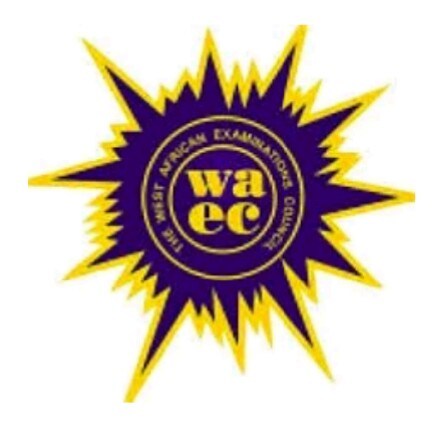Are you preparing for the West African Examination Council (WAEC) Clothing and Textiles exam?
Look no further! In this blog post, we will provide you with all the necessary information about the syllabus, objectives, and format of the exam.
Whether you’re a student or a teacher, understanding the topics covered in the syllabus is crucial for effective exam preparation.
Objectives:
The Clothing and Textiles exam aims to test your knowledge and understanding in various areas, including:
- Career Opportunities: Explore different career paths in Clothing and Textiles, such as modeling, teaching, dressmaking, tailoring, textile chemistry, and textile design. Understand the basic requirements for these careers.
- Fibre and Fabric: Learn about fibers, yarns, fabrics, their classification, characteristics, identification, and fabric construction techniques like weaving, crocheting, and knitting. Discover finishing treatments for fabrics.
- Clothing: Grasp the concept of clothing and its significance. Understand how to select appropriate clothing for different occasions and figure types. Learn about wardrobe planning for family members.
- Good Grooming: Explore the importance of good grooming and the proper use of cosmetics. Understand the relationship between cosmetics and health.
- Sewing Equipment and Tools: Familiarize yourself with the classification, selection, use, care, and storage of sewing equipment. Gain knowledge about sewing machines, their types, parts, functions, and common faults.
- Sewing Processes: Learn various stitches, seams, arrangements of fullness, edge finishes, and pockets. Understand safety guidelines for using tools and equipment.
- Garment Construction: Acquire advanced techniques for garment construction, including lining and interfacing, fashion features, simple patterns, pattern adaptation and alteration, laying and cutting out, and fitting garments.
- Clothing Design: Gain insight into elements and principles of design, their application in clothing construction and selection, and identifying figure types for both males and females. Understand care labels, stain removal, laundry, dry cleaning, repair, and customizing clothes.
- Creative Fabric Craft: Explore different fabric crafts such as patchwork, appliqué, hand and machine embroidery, soft toys, crocheting, knitting, and macramé.
- Consumer Education and Entrepreneurship: Learn about consumer rights, shopping for clothing and textile products, setting up a Clothing and Textiles enterprise, and managing a business. Understand the terms related to entrepreneurship and the factors that promote success.
- Organizing Clothing and Textiles Exhibition/Modelling and Fashion Shows: Discover the meaning, types, purpose, and factors to consider in organizing exhibitions, fashion shows, and modeling events.
Recommended Textbooks:
To supplement your preparation, here are some recommended textbooks for the WAEC Clothing and Textiles exam:
- Clothing and Textiles for Senior Secondary Schools by Ministry of Education, Ghana.
- Needlework for Schools by Melita M. Neal.
- Needlework Notebook by Rhiannon Davies.
- Certificate Needlework by Cecile Miles.
- Basic Needlework by W. Bull.
- Home Economics for Schools Books 1, 2 & 3.
- Dressmaking Made Simple by Gideon Lippman and Dorothy Erskine.
- Clothes by Margaret Butler.
Items Required: During your exam preparation and practical test, make sure you have the following items:
- Full-length dressing mirror
- Scissors (Cutting out scissors, Trimming scissors, Pinking shears, Embroidery scissors, Buttonhole scissors)
- Cutting-out table
- Sewing needles and pins
- Tape measure
- Thimble
- Sewing machine
- Dummy
- Cabinet
- Ironing board/pressing iron
- Buckets (metal and plastic)
- Wooden turner
- Washing bowls
- Gloves
- Wooden Tongs
- Iron pots
Conclusion
Studying the Clothing and Textiles syllabus is essential for your success in the WAEC exam.
By following the outlined objectives and topics, you’ll be well-prepared to demonstrate your knowledge and skills in clothing production and management.
Remember to consult the recommended textbooks and gather the necessary items for practical tests. Best of luck with your exam preparation!






